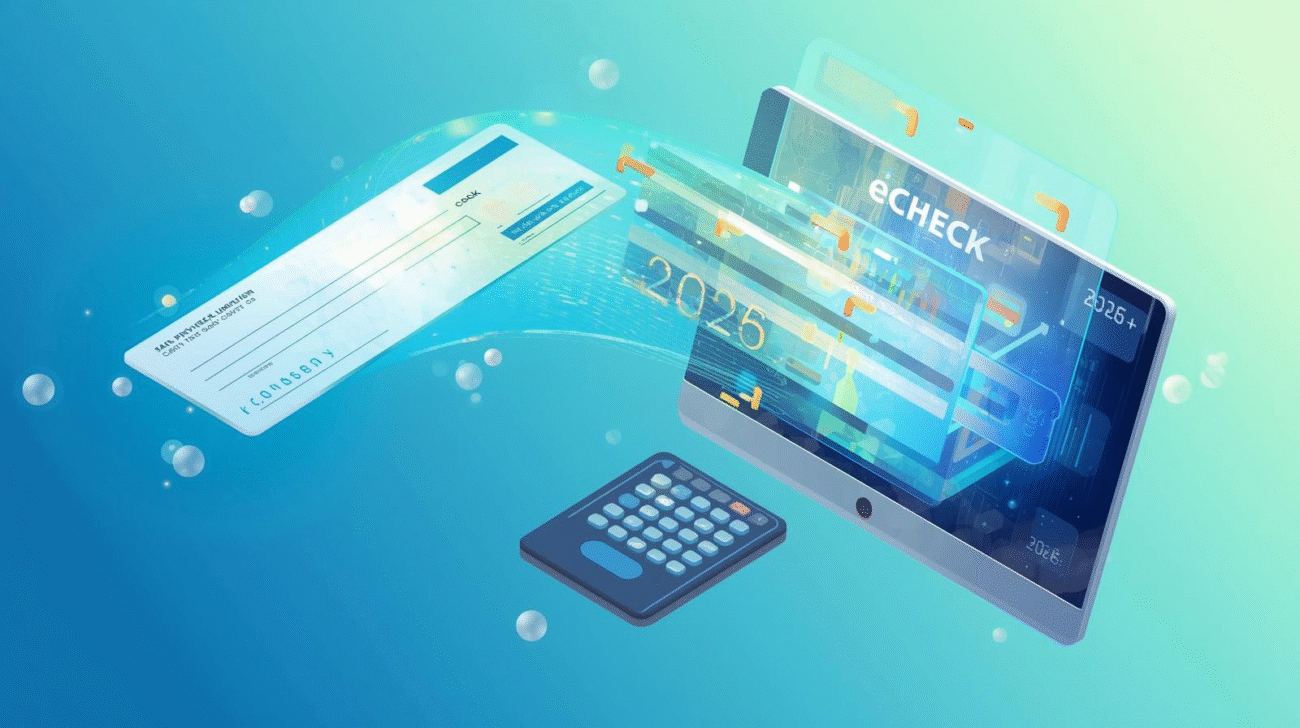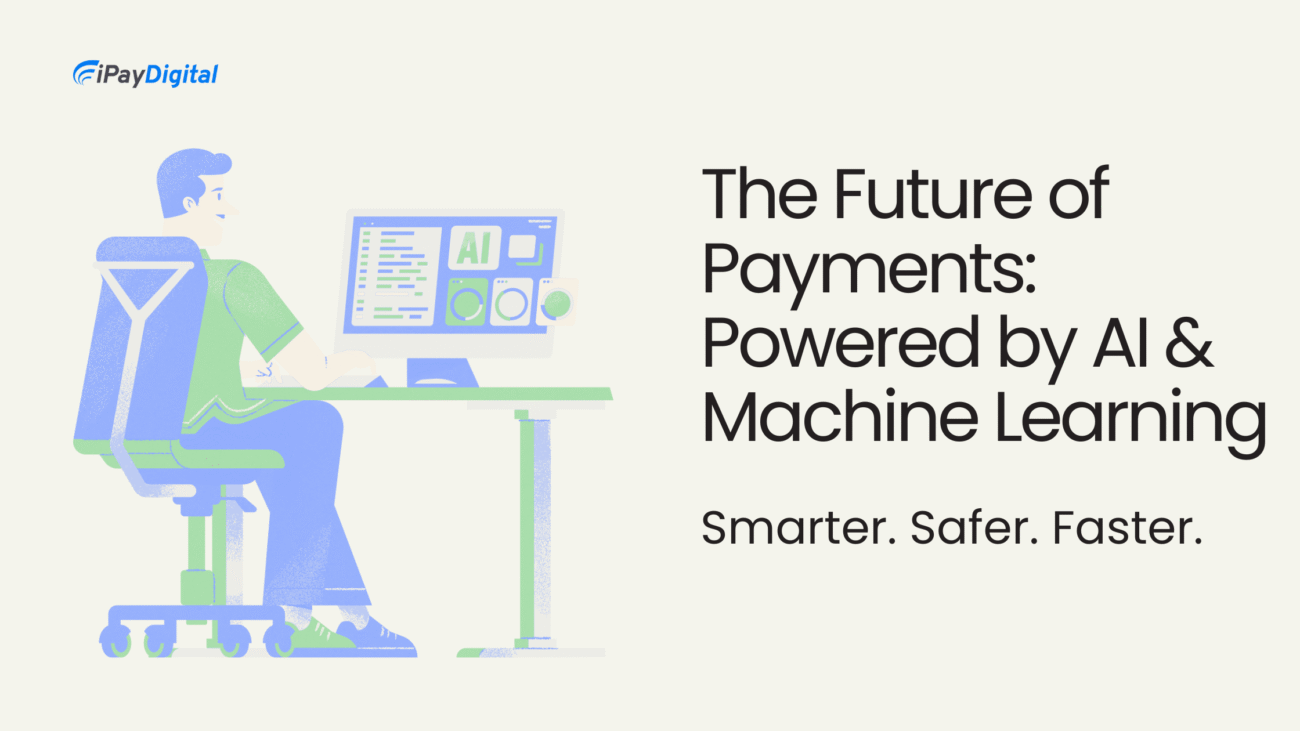In the rapidly evolving landscape of commerce, integrated payments have emerged as a transformative force, reshaping the way businesses process transactions and enhancing the overall shopping experience for customers. This blog delves into the significance of integrated payments, exploring how this technology streamlines operations for businesses and makes shopping easier and more convenient for customers.
Understanding Integrated Payments:
Integrated eCheck payments refer to the seamless integration of payment processing capabilities directly into a business’s point-of-sale (POS) system, website, or mobile application. Unlike traditional payment methods that may involve manual entry or third-party gateways, integrated payments become an intrinsic part of the business’s operational infrastructure.
Benefits for Businesses:
- Efficiency in Operations: Integrated payments streamline the entire transaction process. Whether it’s a brick-and-mortar store or an online platform, businesses can process payments directly within their existing systems. This efficiency eliminates the need for manual entry and reduces the risk of errors, resulting in smoother operations.
- Real-Time Transaction Data: Businesses gain access to real-time transaction data and analytics. Integrated payment systems often come with robust reporting tools that provide insights into sales trends, customer behavior, and financial performance. This data empowers businesses to make informed decisions, optimize strategies, and adapt to market dynamics.
- Enhanced Security Measures: Security is a top priority in payment processing. Integrated payments prioritize security by incorporating advanced measures directly into the business’s systems. This includes encryption, tokenization, and multi-factor authentication, ensuring that sensitive payment data is protected throughout the transaction journey.
- Adaptability Across Platforms: Whether a business operates through a traditional POS system, an e-commerce website, or a mobile app, integrated payments seamlessly adapt to various platforms. This adaptability ensures a consistent and cohesive payment experience for customers, regardless of the channel they choose for their transactions.
- Reduced Manual Errors: Integrated payments minimize the risk of manual errors associated with traditional payment methods. With automated processes, businesses can avoid inaccuracies in payment entries, ensuring that transactions are recorded accurately and reducing the need for manual reconciliation.
- Customization and Branding: Businesses can customize the payment experience to align with their branding. Integrated payment systems allow for personalized checkout pages, branded receipts, and a cohesive visual identity throughout the payment process. This not only enhances brand consistency but also contributes to a more professional and trustworthy image.
Benefits for Customers:
- Seamless Checkout Experience: Integrated payments provide customers with a seamless checkout experience. Whether they are making in-store purchases or shopping online, the integrated process eliminates the need for redirections to external payment gateways, resulting in a faster and more convenient checkout.
- Multiple Payment Options: Integrated payment systems support diverse payment options. Customers can choose from credit/debit cards, digital wallets, and other preferred payment methods directly within the business’s platform. Offering multiple options enhances customer flexibility and accommodates varying preferences.
- Faster Transaction Processing: The integration of payments accelerates transaction processing. Customers experience quicker approvals and reduced wait times, contributing to an overall positive shopping experience. The efficiency of integrated payments aligns with the expectations of modern consumers for fast and hassle-free transactions.
- Enhanced Security and Trust: Integrated payments instill confidence in customers regarding the security of their transactions. With security measures seamlessly integrated into the business’s systems, customers feel reassured that their payment information is handled with the utmost care, fostering trust in the business.
- Simplified Refund and Returns: Integrated payment systems simplify the process of refunds and returns. Customers can expect a smoother experience when initiating refunds or returning products, as the integrated nature of the system allows for efficient handling of such transactions without the need for additional manual processes.
- Consistent Experience Across Channels: Whether customers engage with the business in-store, online, or via a mobile app, integrated payments provide a consistent experience. The uniformity in the payment process enhances customer familiarity, making it easier for them to navigate and complete transactions seamlessly across various channels.
Conclusion: Elevating Commerce Through Integration
Integrated payments represent a pivotal advancement in the realm of commerce, benefitting both businesses and customers alike. The seamless integration of payment processing into business operations not only enhances efficiency and security but also contributes to an elevated shopping experience for customers.
As businesses embrace integrated payments, they position themselves at the forefront of technological innovation, meeting the evolving expectations of modern consumers. The impact of integrated payments extends beyond transactions—it shapes the overall perception of a business, fostering loyalty and satisfaction among customers who value convenience, security, and a seamless shopping experience.














